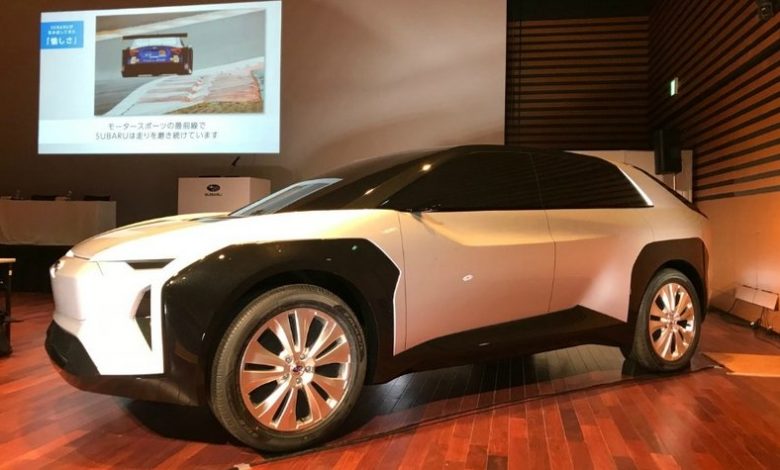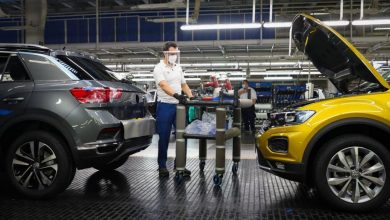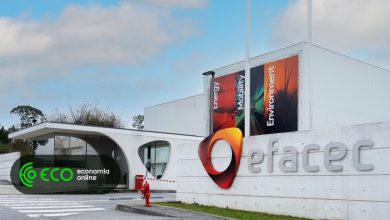
Subaru wants 40% of sales to be electrified by 2030
TOKYO — Subaru, long a laggard in electrification, plans to go greener with a target to get at least 40 percent of its global sales from full-electric or hybrid vehicles by 2030.
Then, in the first half of the 2030s, the Japanese automaker plans to electrify every vehicle in its global lineup. In announcing the new campaign, Subaru also unveiled the first design study for the full-electric crossover it is co-developing with Toyota for sale before 2025.
The full-sized EV mockup, shown during a technology briefing at Subaru’s global headquarters here on Monday, is a low-slung ride with a raked rear window, elongated cabin, digital sideview mirrors and short front and rear overhangs. The front fascia is aggressively creased, while the wheel wells get heavy black cladding that lends the tires a rugged, oversized look.
Subaru will achieve the electrification targets by introducing the EV along with a range of what it calls “strong hybrids” based on Toyota’s system, Chief Technology Officer Tetsuo Onuki said.
The goals are part of wider objectives to reduce the automaker’s carbon footprint, while improving the safety and drivability of Subaru vehicles. The move comes as Subaru races to adjust its all-wheel-drive lineup to surging demand for an onslaught of pricey next-generation technology, covering everything from electrification and autonomous driving to connectivity.
CEO Tomomi Nakamura said Subaru faces big challenges as a small automaker.
“In this era of a once-in-a-century change, we would like to explain what Subaru aims to become and what kind of technologies we are working on,” Nakamura said. “As a small carmaker, we need to think about how to enhance Subaru’s uniqueness so consumers differentiate us from others.”
Subaru said that by 2050 it will slash the average well-to-wheel carbon dioxide emissions of new vehicles by 90 percent, compared with 2010 levels. And by 2031, it will also cut direct carbon dioxide emissions from its factories, offices and other facilities by 30 percent, from 2017 levels.
In the area of safety, Subaru said it also wants to eliminate fatalities among occupants of Subaru vehicles by 2030. It will do that by improving the responsiveness and stability of its vehicles, while also upgrading its trademark Eyesight driver-assist system with new high-tech functions.
The electrification plans flesh out Subaru’s roadmap to next-generation mobility.
It currently offers a so-called e-Boxer mild hybrid powertrain that was developed in-house for Japan and other markets. And in the U.S., it sells a plug-in hybrid Crosstrek crossover.
But Subaru’s new global platform is designed to accommodate gasoline-only and hybrid layouts. So it will leverage that flexibility in electrifying more offerings, Onuki said.
Subaru will lean on partner Toyota for help with the hybrids. It will adapt Toyota’s two-motor system to Subaru’s horizontally-opposed engine and all-wheel-drive layout. The setup positions the two motors in a longitudinal array, behind the engine and along the axis of the propeller shaft.
But Subaru is not prioritizing a U.S. rollout for the new battery-powered offerings.
Nakamura said he was skeptical of overall demand for the gasoline-sipping vehicles in the company’s biggest market, noting that Crosstrek plug-in hybrid sales were lackluster. A market for electrified cars will eventually take hold, he predicted, but it will take a while.
“The U.S. market is really tough,” Nakamura said. “I think that the market for electrified vehicles will take some more time to form in the U.S. Only Tesla’s EVs are selling well. We need to watch carefully how the market trend will change, going forward. But I think a trend toward electrified vehicles will emerge, without doubt, so we would like to make preparations for that.”
Font: Automotive News Europe





